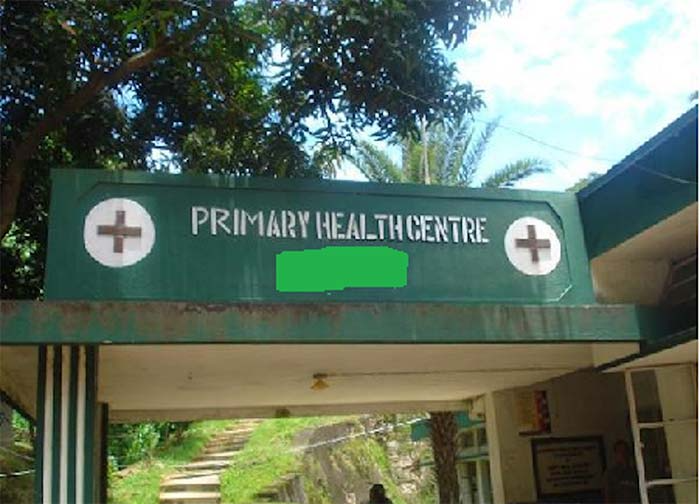During the ministerial sectoral briefing to mark President Bola Tinubu’s one year in office, the coordinating minister of health and social welfare, Prof. Ali Pate, hinted that N260 billion had been secured for the revitalisation of Primary Healthcare Centres (PHCs) across the country.
Under the programme, the government targets 8,300 PHCs for full-scale operation, expansion, and upgrade to 17,000 centres over the next three years.
The PHC revitalisation project is funded through the World Bank, the International Development Association (IDA) and the Basic Health Care Provision Fund (BHCPF).
The government said that N45 billion has been disbursed to the PHCs for the project’s take-off, and over 8,000 centres have been equipped with financial and human resources.
Similarly, 40,000 of the 120,000 health workers who will man the facilities have allegedly been trained, while N100,000 is being released on monthly basis to each of the functioning 7,000 centres for their operations.
There are also indications that 206 centres are in place in Osun State, Gombe eyes 82, Kwara State has invited bids for 103, Kano 18, with a plan for one PHC in all the 484 wards in the state, and 300 in Plateau State. The Enugu State government is executing 260 Type 2 PHCs.
As a newspaper, we commend this collaboration between the federal and state governments to bring health services closer to Nigerians at the grassroots.
The government’s renewed effort is a bold step towards strengthening the sector. It is a breath of fresh air, especially considering past governments’ neglect of primary healthcare, which has left the sector in shambles.
However, we are concerned about the project’s sustainability and continuity, which has been the bane of public administration in Nigeria.
Nigerian leaders are never known to be bereft of conceiving laudable projects. Still, complete execution, continuity and sustenance have been the country’s undoing of good governance and service delivery.
Consequently, this newspaper shall adopt a wait-and-see attitude until the terminal days of this administration, when its performance shall be assessed. Till then, no applause.
While we wait, it is pertinent to reiterate that primary healthcare centres are the backbone of Nigeria’s healthcare system, providing essential services to millions of people at the grassroots.
They perform various services, including maternal and child healthcare, immunisation, and disease prevention.
Functional primary health centres have the potential to reduce maternal and infant mortality rates, prevent the spread of infectious diseases, and improve the well-being of rural dwellers.
The high rate of death and disease spread among rural communities can be attributed to years of neglect of primary health by past leaders at the national and state levels.
This has resulted in a decline in the quality of healthcare services and avoidable deaths, increased morbidity, and a lack of trust in the healthcare system.
The absence of functional primary health centres has also contributed to the country’s high maternal mortality rate, which reportedly stands at 615 deaths per 100,000 live births.
Therefore, the federal government must ensure that the goal of revitalising 17,000 primary health centres is realised between now and 2026. This requires effective management of the N260 billion allocated for the project.
Our timeline for the project is informed by the political trends in Nigeria, where politicking for the next election for every administration starts in the third year.
So, the health minister has only two years to prove sceptics wrong by delivering on this project.
We further charge the government with ensuring transparency on fund allocation and utilisation in the PHCs, regularly tracking the project’s progress, and promptly addressing any challenges. We also charge the government with involving local communities in the planning and implementation process to ensure that primary health centres meet their needs.
When revitalised, the facilities will improve access to quality healthcare services, especially for rural communities, reduce the burden on tertiary hospitals, enhance disease prevention and control, and Increase trust in the healthcare system.
It is important to emphasise that good health is one critical way of ensuring the nation thrives in all sectors. In our view, this explains the strategic position health issues occupy in any nation’s development agenda.
Presently, at all levels, the government seems to have ceded health to the private sector, where pecuniary interest supercedes the welfare of the collective. That accounts for the prohibitive cost of healthcare delivery, the main reason why many die of avoidable health circumstances.
If the government can follow through on this project of revitalising healthcare centres, we hope that it will be a significant step towards improving the condition of the rural poor, who often resort to traditional medicine, including delicate aspects of pregnancy management and child delivery. In this 21st Century, certain things ought to be unacceptable except when there is a deliberate effort to integrate the ancient and the modern.





